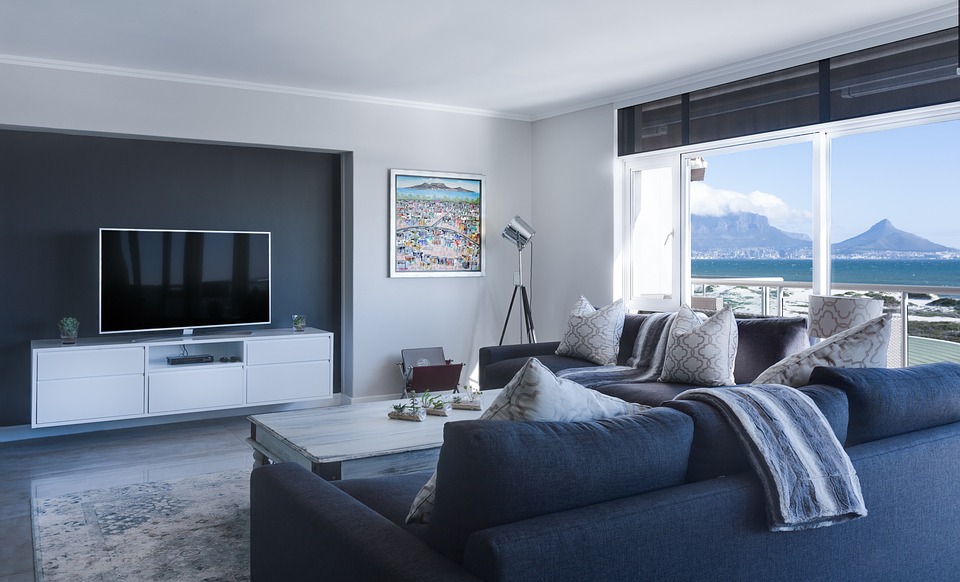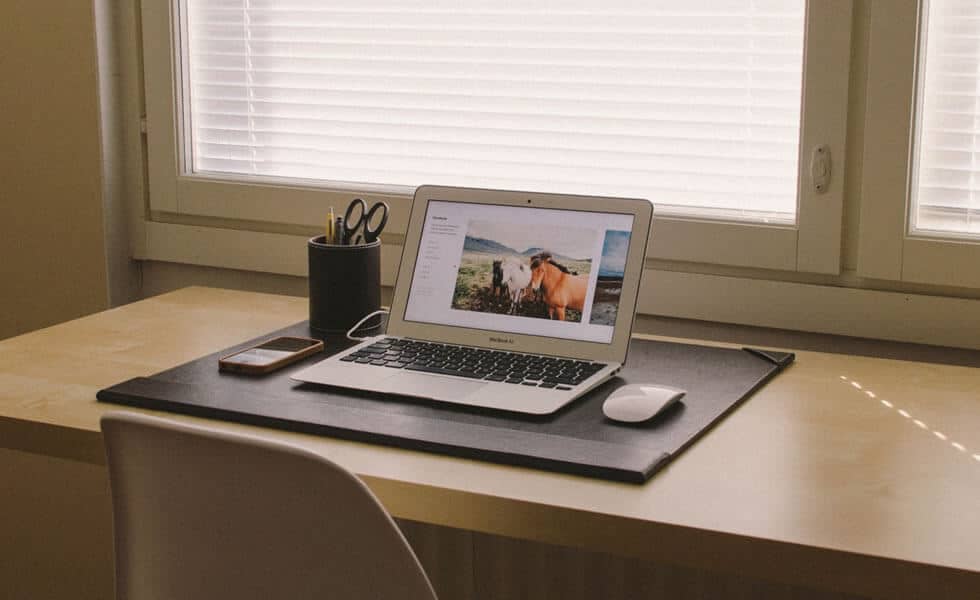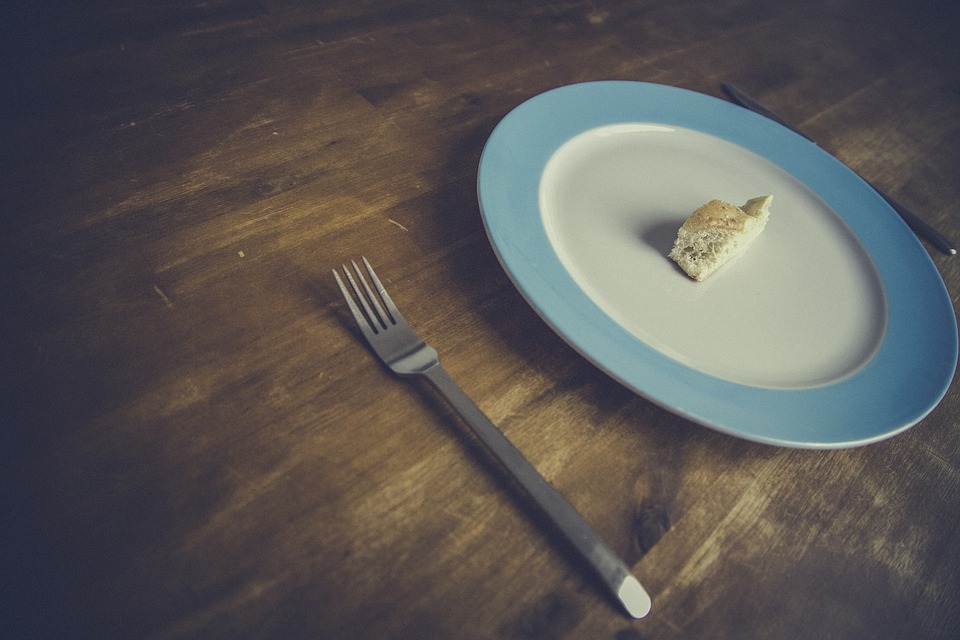Minimalism has really become quite the buzzword in recent years.
Go to the search box on YouTube or Google and type "minimalism," and you'll soon see that the amount of combinations are endless. "Minimalist Bedroom Tour", "Minimalist Travel", and even "Minimalist Clothes" tend to be the top trending videos for these searches. But can the same be said for luxury and minimalism?
Well, minimalism has found a very receptive audience among young people, especially in recent years. The rise of technology has given a foothold among for these ideals to influence the luxury and minimalism niches. The status symbol of obtaining as many luxury goods as possible isn't appealing (and in many cases, not possible) to younger people as it was to previous generations.
Understanding the careful relation between luxury and minimalism is essential to crafting a open, organized lifestyle that doesn't sacrifice quality. By doing so, you can better evaluate whether this is a viable lifestyle for you and your living space.
What Is Minimalism?

Credit: Max Pixel
A minimalist lifestyle prioritizes simplicity. This comes in the form of products and services, thus solidifying its link with the luxury sector. However, rather than highlighting quantity, minimalism rebuffs excess and possessions to only present practitioners with what they need.
While it may seem counter-intuitive at first, this is where minimalism makes the most sense: living intentionally, through experiences and well-thought out luxury purchases. Essentially, this is the intersection at which luxury and minimalism come together.
The ways in which minimalism can be implemented into our lives are numerous and varies from person to person. Even though ideas of minimalism are different among everyone, most can agree it all boils down to that one thing: intentional living.
The point of being a minimalist is to live an intentional life with less.
What does that mean exactly? Well, when you purchase something, is it a necessity or a desire? This is a fundamental difference among minimalists and someone whom lives in any manner of excess. A regular person will buy something purely out of a want or desire for the item. However, a minimalist will purchase something out of necessity or because it brings a certain value to one's life.
With that being said, this does not mean that you can't buy the new iPhone X, MacBook Pro. or enjoy any items you can afford to buy. It all comes down to the need. Do you really need the new iPhone X or MacBook Pro you are about to buy? To make things easy -- if you spend more than a few seconds thinking about the purpose of a product in your life, chances are you probably do not need it.
Even still, luxury and minimalism collide in crucial ways -- a facet that has garnered the minimalist movement much success among up and coming generations. As our understanding of the concepts evolve, it becomes more evident that rather than avoiding luxury all-together, we should seek it out only when needed and at the highest quality.
Is it not true that the best items are the ones that withstand the test of time? Thus, the reputation and clientele of luxury brands generally affords a higher quality that fits beautifully into the mold of purpose and minimalism. Luxury and minimalism can, in fact, go hand and hand.
How do luxury items fit into this minimalist model?

Credit: Max Pixel
When most individuals think of a luxury item, including myself, they think of an expensive tangible product that is more often than not, a status symbol. Although this can be a very true statement, it's a bit more nuanced than that.
Luxury doesn't simply boil down to an expensive status symbol anymore. It has changed to reflect the ideals and ethics of it's more conscious consumers. A clothing item from say, Patagonia, would be categorized as luxury by most, due to the price and quality of their products. However, there is more to this then meets the eye.
A brand's intentions are equally as important.
Patagonia is one of the most intentional brands in the current market, and has been so for decades. They have a lifetime guarantee on their products that lasts forever (and I do mean forever). You could have bought a puff jacket in 1980. If it bites the dust today, Patagonia will either attempt to fix your item in homage to their environmentally conscious values. If the item cannot be replaced, Patagonia will replace your item with an item of the current and most suitable style.
Many other brands have taken on a similar model. By creating products that are built to last and look good while doing so, luxury manufacturers open their doors to luxury minimalists and others who wish to live intentionally. This is just one of the many examples of a luxury and intentional brand that promotes the ideals of minimalism, whether they are aware of it or not.
Is it possible for something to embody luxury and minimalism?
Yes, it is.
You can enjoy luxury and minimalism at the same time -- I know I certainly do. With some adjustments to your understanding of luxury and minimalism, your buying habits, and values you prioritize when making major purchases, you can also.
The first question you have to ask yourself is which luxury items are worth the money, meet your specific needs, and will last throughout the years. While this can be a difficult question to answer, it's honestly up to personal interpretation in most cases. For example, a perceived quality good to one person may be poor quality to another. The same goes for cost/benefit analysis and functionality. It will come down to personal preferences.
Why is it essential to change how we view luxury and minimalism?

Credit: PxHere
What's interesting about both luxury and minimalism, is that most people think of these two topics separately. To have luxury, most believe you must have excess -- multiple tech toys, cars, expensive dinnerware and kitchen appliances. The reality is that the glamorous lives of celebrities portrayed in the media and fiction are not what luxury and minimalism are all about. Rather, it's about getting the most out of only what you need -- for instance, buying an SUV big enough to transport all of your kids, yet also fuel-efficient enough for your daily commute. This is much more effective than having a van for the kids and a small car for your work commute.
Minimalism is not deprivation.
On the flip side of the coin, there are some unfamiliar with minimalism in detail and assume it is living with nothing or depriving oneself of worldly possessions or desires. Some may conjure images of sleeping on the floor with nothing but a mat and thin blanket to cover you.
This couldn't be further from the truth -- at least as it relates to minimalism of the luxury nature. Perhaps for you this could mean purchasing a master bedroom set that consists of only a bed and dresser rather than a bed, dresser, two night-stands, a lingerie chest, a chaise lounge, and rug. Do we actually use those items for more than a resting place for our multiple wardrobe changes anyways?
The thing is, these misunderstandings are simply the stereotypes of these topics, not the reality. Luxury tends to be intentional and of sound quality that can last and stand the test of time. The very nature of luxury is minimalism's best friend. A minimalist wants items that will last years -- not something that will break down or wear out in just a few months. That leads to excessive spending and isn't a sound way to live an intentional or sustainable life. Thus, even though it sounds like they are two opposing ideas, if implemented correctly, one can dabble in both luxury and minimalism.
Criticism Of Minimalism

Credit: Max Pixel
For every proponent of luxury and minimalism, there are an equal number of opponents. In the past, minimalism has been criticized as, "another boring product wealthy people can buy." The article in question misses the mark on the sole principle that living an intentional life and being conscious of what is purchased, is not a luxury reserved just for wealthy people. Rather, anyone can benefit from being more intentional with their spending.
Now I will say this -- while lower-income individuals may have difficulty buying certain luxury goods, especially in excess, it comes down to smart decisions on the part of the consumer. Someone may be able to purchase something of excellent, luxurious quality if they did away with a pleasure such as the daily morning specialty latte from Starbucks before work, which costs them $4-5 per day. Take a break from your daily for just a month and you'll save $120 at minimum. This is certainly enough to begin considering a deposit on a luxury purchase that can last a lifetime (like that nice coffee press with the lifetime guarantee that saves you money daily).
Doing this doesn't cost any extra money, it just requires reevaluating your priorities, shifting your spending, and enjoying quality use from your new product that embodies both luxury and minimalism. Of course, this isn't to say that it won't also take a little sacrifice, determination, and self-control!
Minimalist Influencers
Earlier, I mentioned that minimalism is a popular trending topic on YouTube. In fact, so much so, that many people share their ideas on minimalism, favorite items, and room tours to show how much they have changed their own lives. You can expect to hear practical tips and tricks for implementing luxury and minimalism into your own life.
One particular YouTuber, Kraig Adams, caught my attention when searching minimalism videos on YouTube. His natural film-making talent, friendly and playful demeanor, and humor are just what you need to feel comfortable taking the next step of minimizing your luxury lifestyle.
I found his video "MINIMALIST GOT RID OF EVERYTHING" and was impressed by his grasp of minimalism, how he applied it to his work (he is a film editor and vlogger), and how he essentially evaluates and constantly re-evaluates what is in his life.
If you're like me, you'll likely become a fan after watching this video and others on Adams' channel. Not only does he explain minimalism well, but he embodies and lives it everyday.
Luxury and minimalism can coexist in your home.
It just takes dedication, patience, and an understanding of the difference between desire and need. If you are able to conceptualize this, then luxury and minimalism can and will be within your grasp in no time. By taking control of your life, you can expect positive implications from the implementation of the ideas in your life.
If there are any questions at all about minimalism, luxury products, or anything else you would like to ask, please feel free to leave a comment on this article.
Related Article: 10 Luxury Home Decor Trends You Need to Know Now


